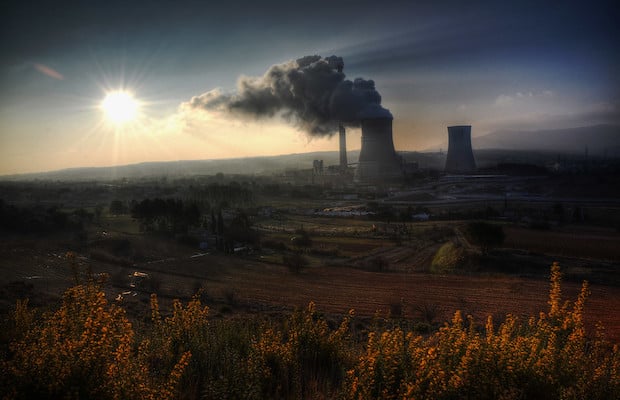

A new report entitled ‘Coal in Net Zero Transitions: Strategies for Rapid, Secure and People Centred Change’ has made several telling observations about the coal industry and goes on to propose ways that can help reduce coal emissions. It suggests that the transition to net zero by the coal sector by 2050, would give the world a fair opportunity of curbing global warming to the critical threshold of 1.5°C.
The analysis further highlights that a vast majority of global coal consumption presently taking place is in countries that have made pledges towards net zero emissions. Further, it notes that while one would expect the demand for coal to rise globally, it has been stable at almost record highs in the last ten years.
The report warns that if nothing is done about the rising emissions from coal, the world would globally tip across the 1.5°C limit.
“Over 95% of the world’s coal consumption is taking place in countries that have committed to reducing their emissions to net zero,” said IEA Executive Director Fatih Birol. “But while there is encouraging momentum towards expanding clean energy in many governments’ policy responses to the current energy crisis, a major unresolved problem is how to deal with the massive amount of existing coal assets worldwide.”
The report places emphasis on tackling the challenge of finding replacements for coal that promise energy security and then goes to recommend “feasible options open to governments to overcome this critical challenge affordably and fairly”, such as Governments initiating incentives for coal asset owners to make the transition. It also proposes measures such as international collaboration, public financial support for energy transitions that are people-centric.
Other Findings About Coal Industry
1. The mandate for blending Compressed Biogas (CBG) with natural gas has come into effect…
Andhra Pradesh is striving towards greening its energy sector with quite some speed. In a…
With an objective to bolster India’s green energy goals, a Tripartite Agreement has been signed…
The Union MNRE Minister Pralhad Joshi launched the Green Hydrogen Certification Scheme of India (GHCI)…
India’s energy conglomerate Bharat Petroleum Corporation Limited (BPCL) has commissioned a 5MW green hydrogen plant…
In a historical development, the European Space Agency (ESA) has successfully launched its pioneering ‘Biomass’…